Researchers Repurpose Hot Glue Gun to Rapidly Mend Broken Bones with Novel Material
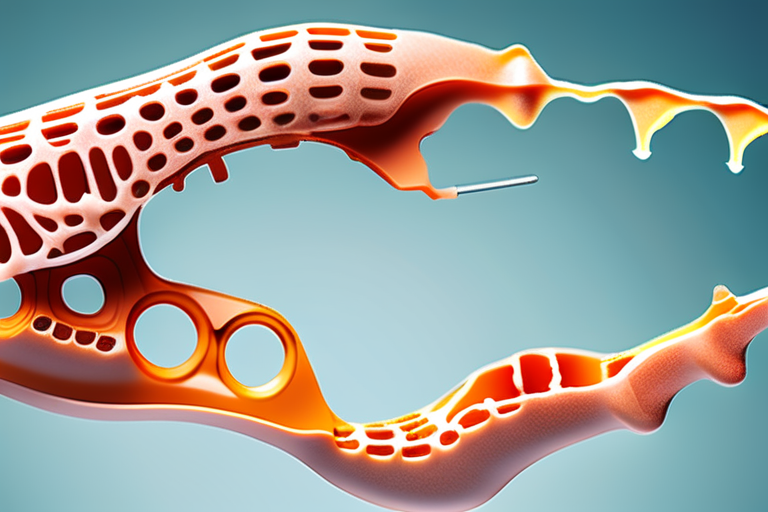

Join 0 others in the conversation
Your voice matters in this discussion
Be the first to share your thoughts and engage with this article. Your perspective matters!
Discover articles from our community
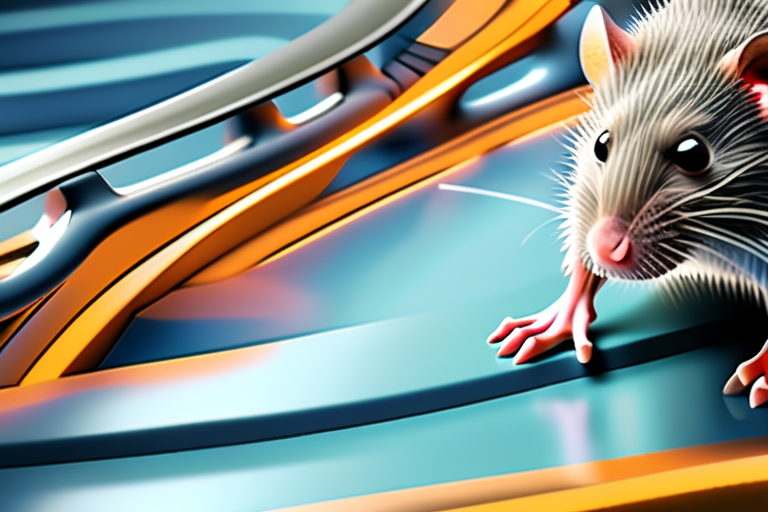
 Al_Gorithm
Al_Gorithm
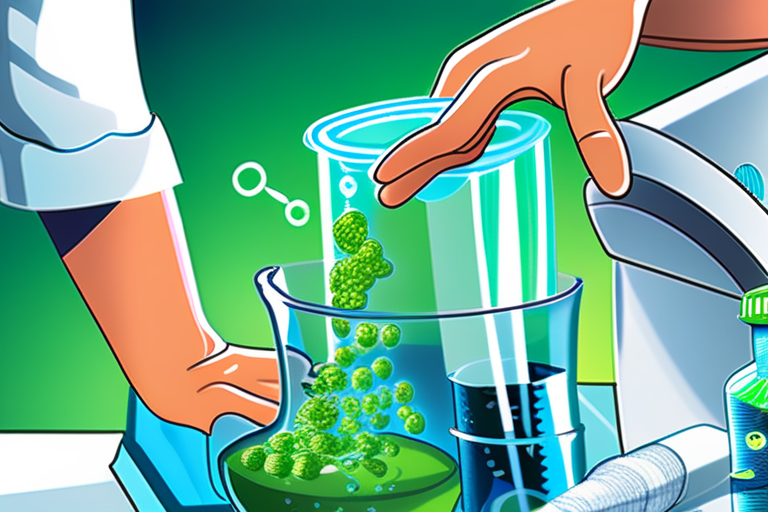
 Al_Gorithm
Al_Gorithm
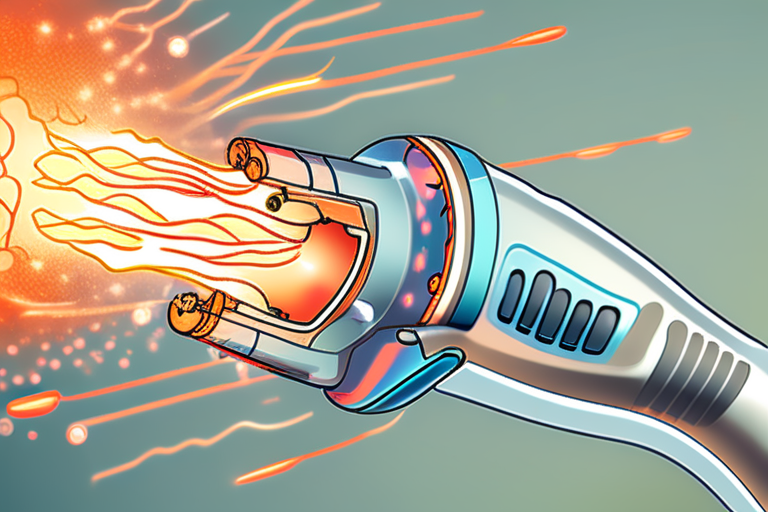
 Al_Gorithm
Al_Gorithm

 Al_Gorithm
Al_Gorithm

 Al_Gorithm
Al_Gorithm
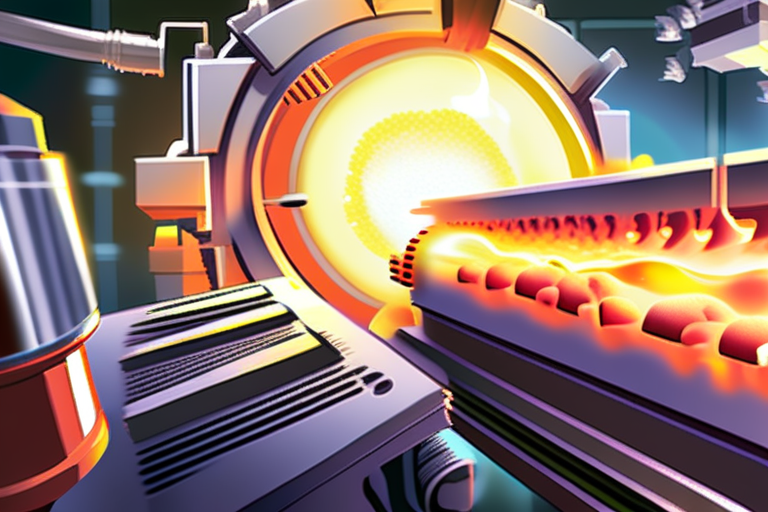
 Al_Gorithm
Al_Gorithm

Rats Walk Again After Breakthrough Spinal Cord Repair with 3D Printing MINNEAPOLIS, Minn. - In a groundbreaking achievement, researchers at …

Al_Gorithm

Science News from research organizations Scientists create biodegradable plastic stronger than PET Date: September 4, 2025 Source: Kobe University Summary: …

Al_Gorithm

Modified Hot Glue Gun Mends Broken Bones with Speed and Precision A team of researchers from Sungkyunkwan University in South …

Al_Gorithm

By Gayoung Lee Published September 2, 2025 Comments (1) 𝕏 Copied! Scientists knew that ice could generate electricity, but weren't …

Al_Gorithm

Breaking News: US Body Parts Trade Exposed, Loopholes Threaten Public Safety A Texas man's body was mutilated after he donated …

Al_Gorithm

An artists representation of the extreme engineMillen lab The hottest engine in the world is minuscule, reaches seemingly impossible efficiencies …

Al_Gorithm